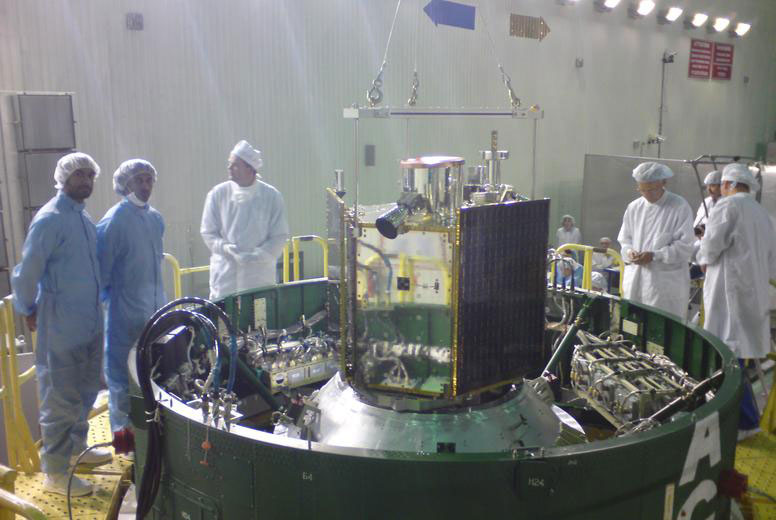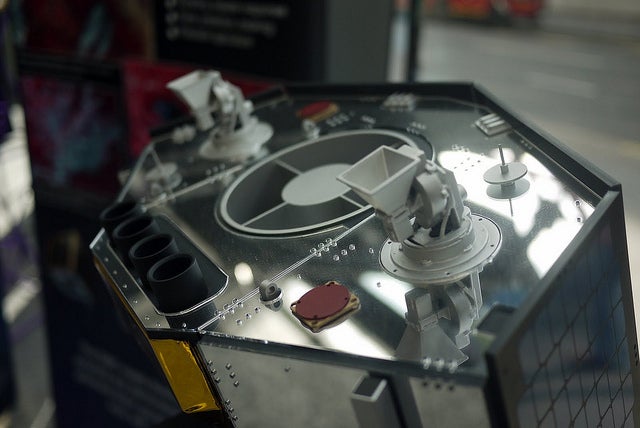When the Soviet Union launched Sputnik in 1957, it triggered the infamous space race with the United States, resulting in some of the most triumphant technological advances in human history. This intense competition fueled the development of the space industry in the United States and Russia, which remain two of the most advanced space-faring nations in the world. Today, Canada, Japan, India, China and other nations have also risen to demonstrate their technological prowess in space.
It’s safe to say that no industry has been more influenced by space programs than the satellite industry, which was effectively birthed by national space pursuits. And space programs have continued to multiply well after the space race drew to a close. The United Nations Committee on the Peaceful Uses of Outer Space (UN-COPUOS) has swelled to 77 members, becoming one of the largest committees in the entire organization. Rather than finding inspiration in the Cold War, new actors in space continue to push the limits of technology for the sake of exploration, to develop valuable talent, and perhaps most importantly, for the benefits space-based services bring to people on the ground.
New players are increasingly focused on collaboration with experienced nations and companies. They are taking a different path, leapfrogging beyond what was possible for the fledgling space agencies of the past. Via Satellite spoke with leaders from nascent organizations advancing satellite technology all around the world to unveil what the leaders of tomorrow are planning.





